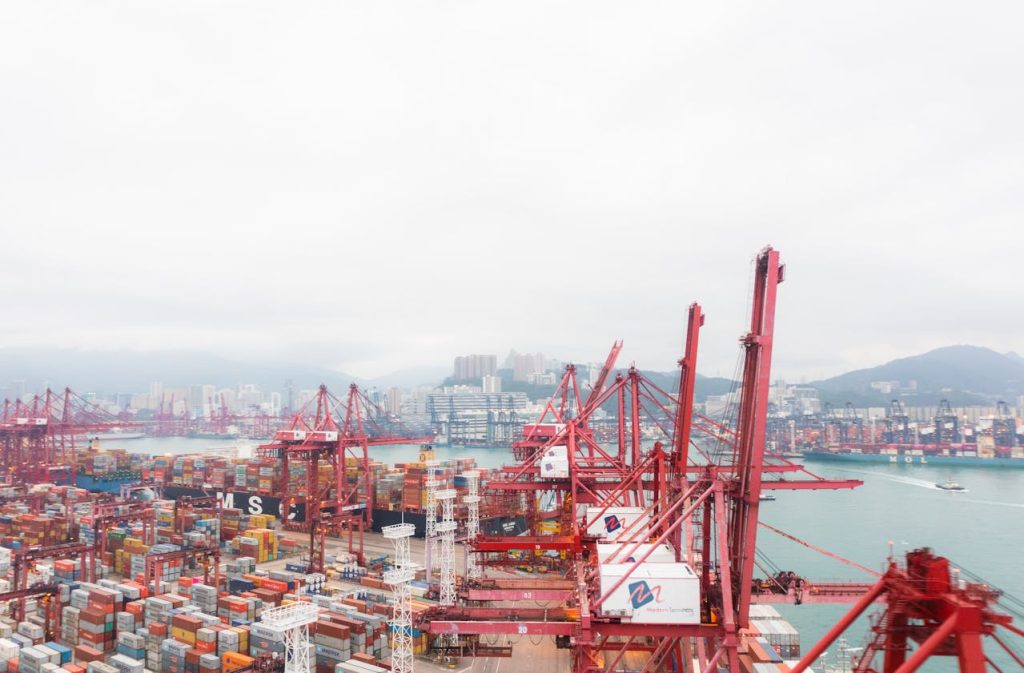If you are planning to ship items overseas using ocean freight, then you will have likely heard of the terms FCL and LCL. These terms are important as they show the type of shipping method you are using to transport your goods. However, what do they even mean? In this article, we attempt to explain and discuss what FCL stands for, its advantages, and why people should consider using this shipping method.
What is FCL shipping?
FCL, short for full container load, is an ocean freight shipping method that describes where a single shipper rents or purchases an entire container to transport their goods exclusively. Unlike in LCL, the space in the container is not shared with other shippers. Standard shipping container sizes come in 20 feet and 40 feet containers. Both sizes also offer standard and high cube sizing.
How is FCL charged?
If you have chosen to ship your goods using FCL, then that indicates will be renting out an entire container space at a fixed rate. So that means aside from the fixed cost of ocean freight, the shipper also needs to consider other additional fixed costs, such as the chassis fee and handling charges.
Furthermore, shipping lines tend to often charge rates based on the demand for a particular route. This is similar to commercial air travel. As such, it is best to check the rates of a route depending on when and where you want the container to be shipped.
Is FCL or LCL cheaper?
FCL will always be cheaper if you are counting the volume rate. That being said, LCL can be more economical if the total volume of the shipment is too small to take up a full container. This is because shipping is a commodity, meaning that like most commodities, the economies of scale will allow for more savings in the long run. This is why LCL is a good option for smaller to medium-sized enterprises, as well as e-commerce businesses that may not have enough stock or a small production run.
Advantages of using FCL
There are plenty of reasons for choosing FCL when shipping cargo. In fact, FCL is common for large volume shipments due to less risk of them being damaged, cheaper per volume rates, and faster lead times when compared to other forms of ocean freight.
Risk
When it comes to shipping, all kinds of risks are inevitable and will crop up. On the whole, though, FCL does have the benefit of significantly lowering a shipment’s overall risk, which may give shippers more peace of mind in the long run. For instance, because a shipment is taking up the entire space of one shipping container, this means unless a container examination is required, the doors will not open until the container has arrived at its destination port. As such, FCL has the advantage of having significantly less handling compared to LCL shipments, because shippers no longer need to share space with other people’s shipments. This means there is no need to consolidate and deconsolidate other people’s cargo. As a result, FCL shipments have less risk of damage during the shipping process.
Time
When it comes to the total transit time of shipping cargo, FCL has the advantage over LCL. This is because the entire shipping container is transported directly to its final destination, without any stops or detours in between. This is different for LCL shipments, as they need additional time to make more stops as well as consolidate and deconsolidate shipments before being able to reach their final destination. On the whole, FCL can save, on average, four to seven days when compared with LCL shipping.
Cost
Surprisingly, FCL can be cheaper than LCL, even when the containers are not completely filled at their full capacity. In fact, when a shipment has a total volume greater than 14 FBM, then FCL can become a viable option for shippers. For instance, while a 20-foot container can hold up to 33.08 CBM, even if a shipment only makes up 15 CBM, it is still likely that the cost to ship a 20-foot container would wind up being less expensive than shipping 15 CBM for LCL.
This is because, on the whole, the space for FCL is generally lower when compared to LCL, which makes the overall shipping cost lower too. As such, FCL can be an economical option even if the entire container is not occupied to its maximum capacity, especially if the shipper has a lot of items to transport. Of course, it is always good practice to compare the costs of shipping LCL and FCL before committing to a final decision.
The freight cost for FCL and LCL are calculated based on the volume (or every 1,000 kilograms per CBM, whichever is more), of the cargo. Due to how shipping rates are calculated in this manner, FCL may be a viable option when companies are looking to transport heavy products compared to shipping them via air or LCL instead.

